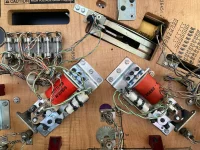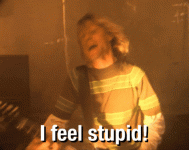My recently acquired Surf'n Safari (Gottlieb System 3) has weak flippers. The LH one feels about 80% and can make the RH ramp, but the RH flipper feels about 50% and can't make the LH ramp (table set to 6.5 degrees). So I have concentrated first on the RH one:
First I checked the coils and they are the right ones according to the manual. The plunger seemed to move freely inside the sleeve but I took it apart to check anyway - apart from it all being a bit sooty the coil stop looks pretty flat and plunger doesn't look mushroomed. The coil sleeve has a tiny bit missing off the end (nearest the spring so the plunger is always past it) and isn't misshapen. I cleaned them up but that didn't seem to make any diffference.
Finally I checked the EOS switches which looked a bit mucky/corroded and were quite far apart with the plunger in - I tried sanding the switches and wiping with cardboard and narrowed the gap to about 1mm. Again it doesn't seem any better
Is there anything else I can do? I'd like to understand why it's weak rather than just blindly try a mini rebuild kit - especially if that wouldn't fix it if there's a different issue... any ideas please?
PS. The RH flipper shaft is slightly out of line due to grub screw wear - I assume I can file the shaft to fix this but this wouldn't affect its strength?
First I checked the coils and they are the right ones according to the manual. The plunger seemed to move freely inside the sleeve but I took it apart to check anyway - apart from it all being a bit sooty the coil stop looks pretty flat and plunger doesn't look mushroomed. The coil sleeve has a tiny bit missing off the end (nearest the spring so the plunger is always past it) and isn't misshapen. I cleaned them up but that didn't seem to make any diffference.
Finally I checked the EOS switches which looked a bit mucky/corroded and were quite far apart with the plunger in - I tried sanding the switches and wiping with cardboard and narrowed the gap to about 1mm. Again it doesn't seem any better
Is there anything else I can do? I'd like to understand why it's weak rather than just blindly try a mini rebuild kit - especially if that wouldn't fix it if there's a different issue... any ideas please?
PS. The RH flipper shaft is slightly out of line due to grub screw wear - I assume I can file the shaft to fix this but this wouldn't affect its strength?
Last edited:

 Or do I just do a mini rebuild and hope?
Or do I just do a mini rebuild and hope?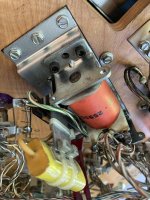

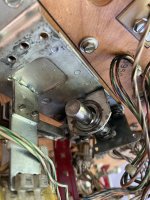
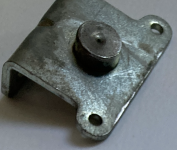
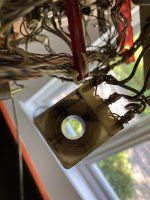
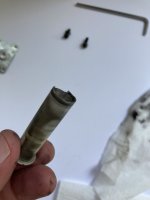
 I've never looked before but hadn't really expected that, not being very electrically-minded I don't really understand what that indicates other than not to leave the gas on?
I've never looked before but hadn't really expected that, not being very electrically-minded I don't really understand what that indicates other than not to leave the gas on? 